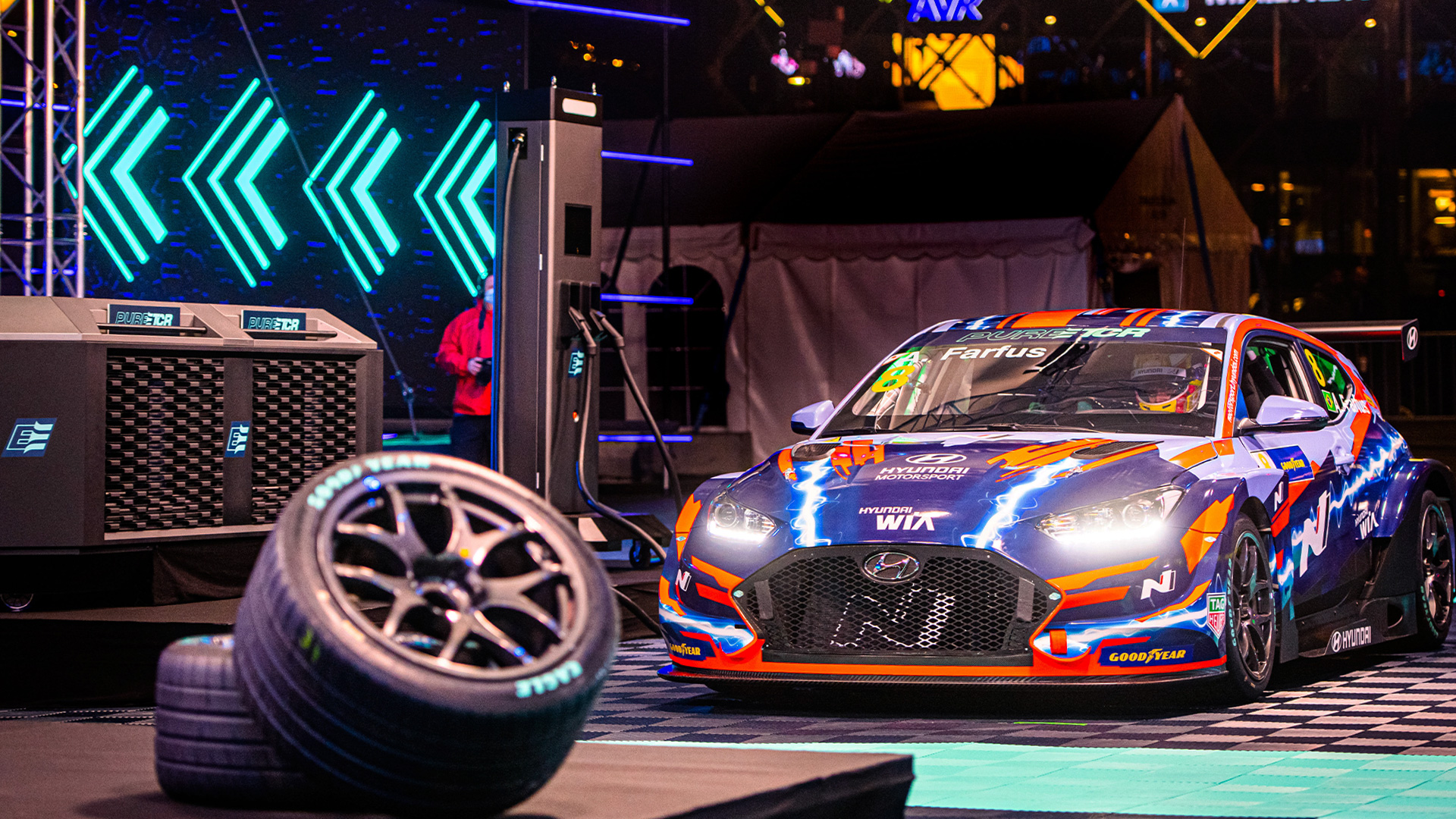
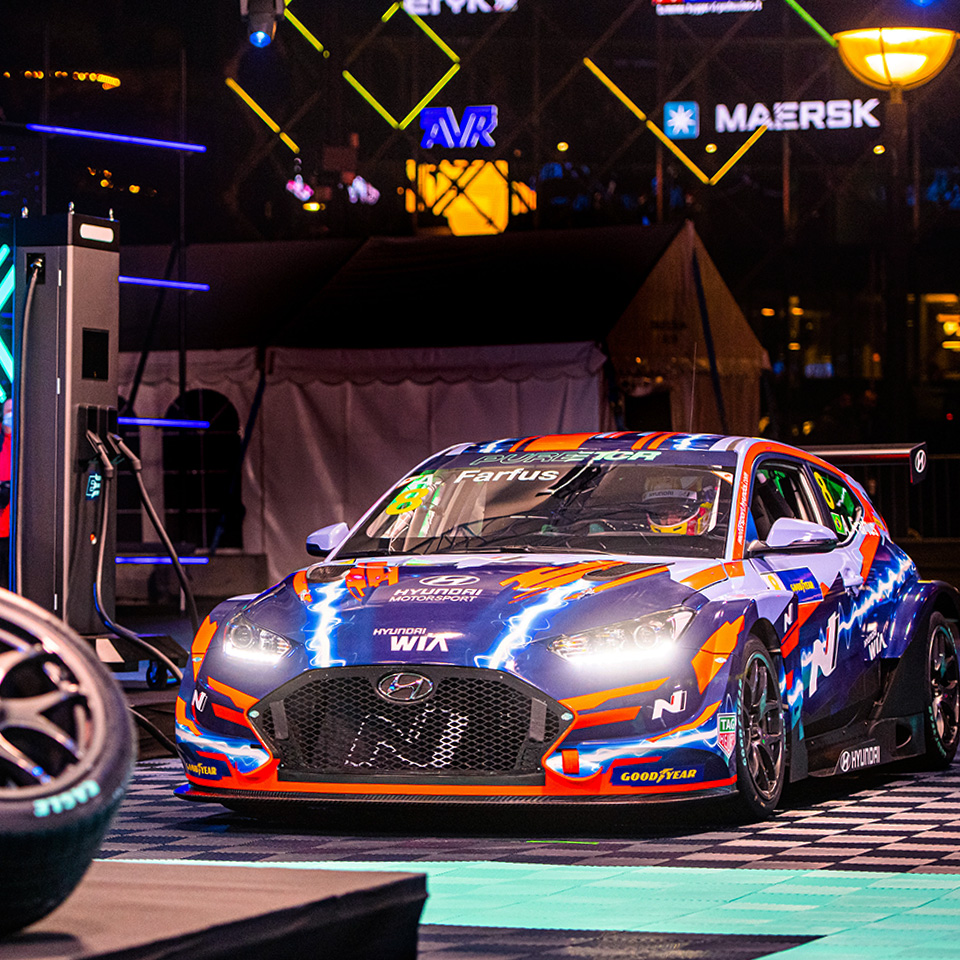


On the evening of October 9, an automobile event was held in front of Copenhagen City Hall in Denmark; it was to announce that PURE ETCR (Electric Touring Car Racing) will be held in the 2021 season. The biggest feature of PURE ETCR is that it removes the drivetrain, including the engine, from the existing TCR race car and mounts an electric motor and battery. Thanks to this, the noise and exhaust gas that the internal combustion engines used to create are eliminated. This is why PURE ETCR is attracting people as a future eco-friendly race, along with Formula E.
If it were as planned, the participants could have been preparing for the second season by now. However, the unexpected COVID-19 came along; PURE ETCR couldn't even begin and the pandemic halted everything in the global auto industry. However, there are a large number of people busy working to get ready for PURE ETCR.
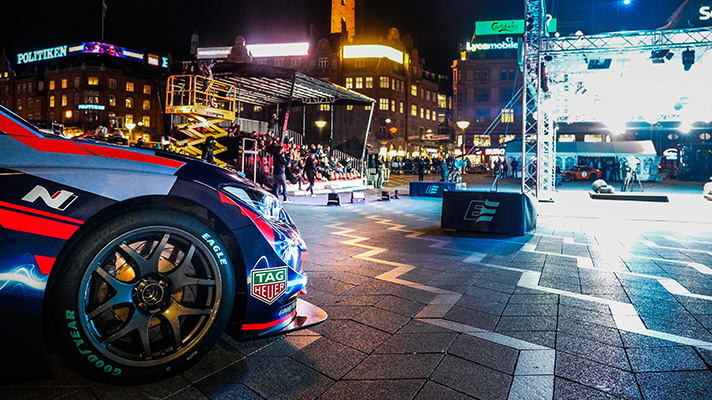
PURE ETCR Launch Copenhagen - Hyundai Motorsport 2020
Hyundai who announced its participation in the race, and its race car Veloster N ETCR, in front of Copenhagen City Hall, is one of them. The reason why Hyundai Veloster N ETCR could be on the stage, not its competitors' race cars, is simple; it is because Hyundai with its Veloster N ETCR has been leading the PURE ETCR so far.
In fact, since Hyundai announced its participation in ETCR at the Frankfurt Motor Show in Germany last September, it has been working non-stop to get prepared. As a result, the automaker was the first among its competitors to officially reveal a completed race car and announce its participation in the 2021 season. Let's take a look at what the company has done so far in the past year until they released the PURE ETCR's first race car.
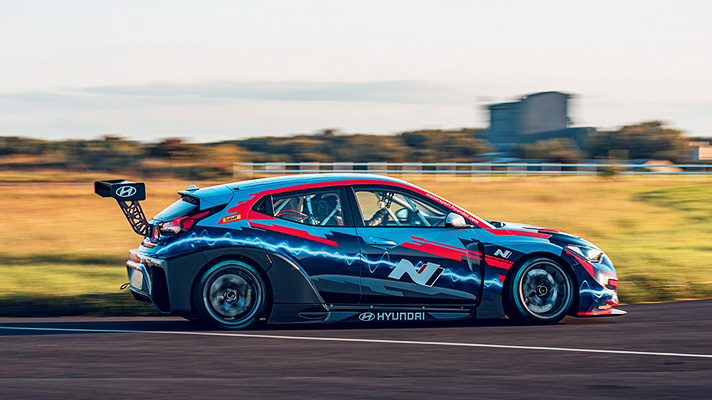
In the middle of September last year, Hyundai was the first among the participants to integrate and test the systems on a PURE ETCR race car. In order to understand the reasons for such a process during the development of a race car, first of all, it is necessary to know the characteristics of the ETCR race car. In the existing TCR, each team had to purchase race cars such as the i30 N TCR and Veloster N TCR manufactured by automakers such as Hyundai Motors, to participate in the race. Therefore, the specifications and performance of each racecar should be different, and better race cars indeed get better results.
On the other hand, all ETCR racecars equally get the core elements of electric vehicles, such as motors, batteries, charging systems, and control modules, from WAE (Williams Advanced Engineering). In addition, unlike TCR, where each participant purchases the racecars from the manufacturers, PURE ETCR is played by manufacturers themselves such as Hyundai Motor Company, Alfa Romeo, and Cupra. As a result, all teams' ETCR race cars use an electric motor with an average output of 300 kW (402 hp) and a maximum output of 500 kW (671 hp), a battery with a capacity of 65 kW (800 V), and a rear-wheel-drive drivetrain combined with a one-speed transmission. And except for those, each manufacturer may use their own technology for other parts such as chassis and body.
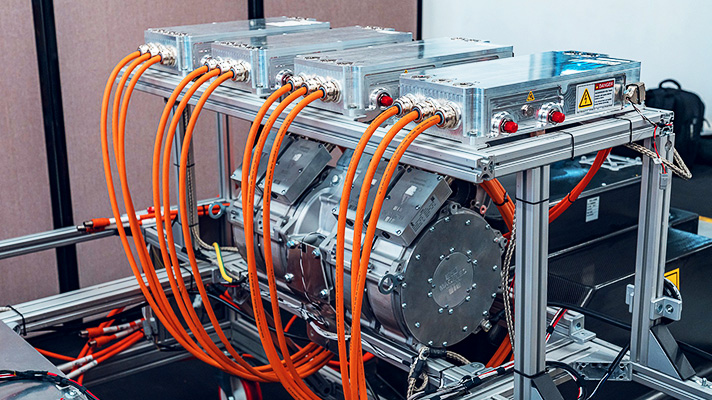
This is why the Hyundai team integrated the structural system for the Veloster N ETCR race car. It is to detect the problems in the process of completing a single ETCR race car by integrating the chassis, body, and electrical drive system, which are developed separately by the manufacturer and WAE. The test was conducted at the WAE headquarters in the UK and the Great Tew circuit under the supervision of World Sporting Consulting (WSC), which operates PURE ETCR. Integration and testing were divided into mechanical and electrical parts.
In the mechanical part, the battery's mounting inside the chassis, the connection and circulation of the cooling system, the installation of key elements (vehicle control module, charging module, high voltage cable, and insulator coolant), and network connection were checked. In addition, the electrical section included wire connection and testing, software and firmware loading for the module, checking all sensor and switch functions, checking for the DCDC converters, inverter operation, driving system operation, and battery charging status.
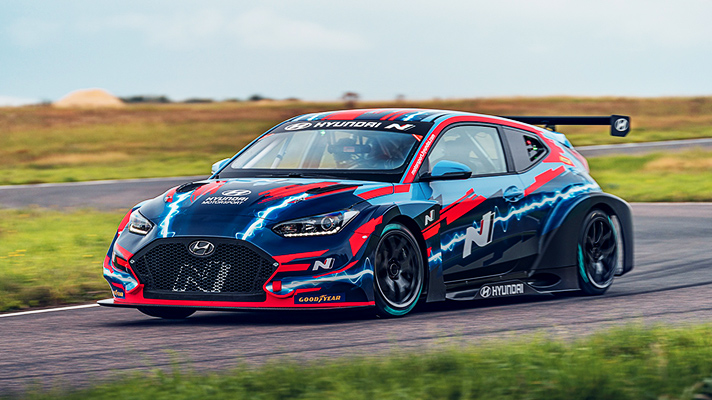
Veloster N ETCR completed all the integration process smoothly. As expected, no problem occurred. Then, running the Great Tew Circuit at a speed limit of 300 km or more, they checked performance and safety. On the circuit, WAE and WSC officials conducted experiments on the throttle pedal of the Veloster N ETCR, when the battery was rapidly charged from 9 to 98 percent, running at full speed with traction control turned off, and a tire test. The Veloster N ETCR passed all the standards.
Alec Patterson, Senior Program Manager at WAE, said, "We are pleased to be able to directly verify all the preparatory work the engineers completed in the digital environment and in the lab through physical testing with the Veloster N ETCR."
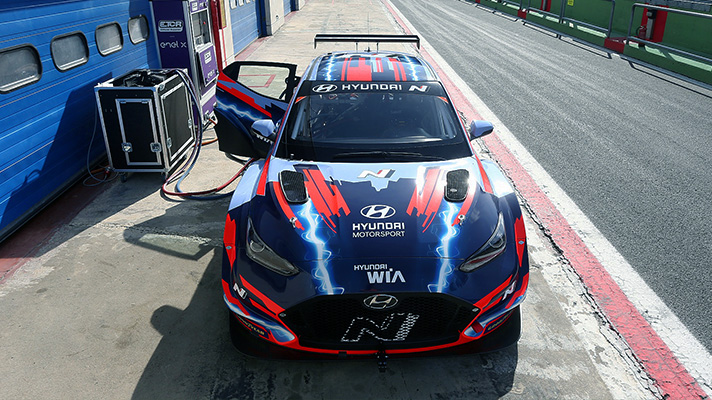
After successfully integrating the racing car's system, the Hyundai team immediately conducted a test exactly the same as the actual race. The Veloster N ETCR was tested on the Vallelunga circuit in Italy for two days on October 19-20, which was also ETCR's first official circuit test.
The test driver running the Vallelunga circuit with the Veloster N ETCR was Augusto Farfus, who participated in the WTCR with the i30 N TCR over the years; he drove for countless days on the circuit with the Veloster N ETCR, checking the race car's system control software and optimizations, including power control, traction control, battery performance, and charging, and so on. The test results were perfect again. The Veloster N ETCR ran the Vallelunga Circuit without any problems and satisfied all the participants in the test.
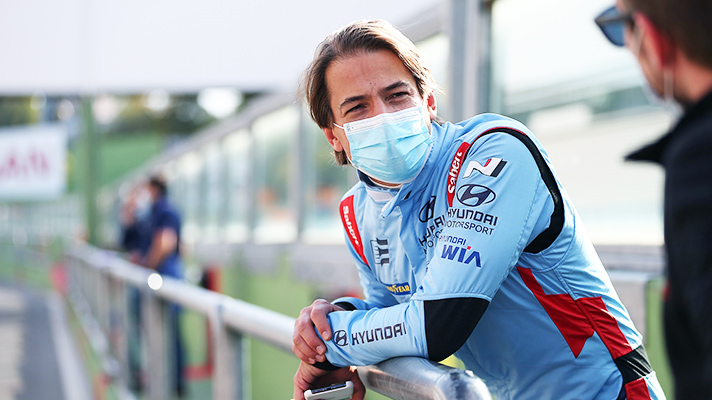
Farfus, after testing, said, "With the Veloster N ETCR, the first ETCR race car with WAE's battery and all the components, we had the first chance to make sure everything is working. There is still a lot to do, but the test in Vallelunga gave me a very positive look on the Veloster N ETCR,” he said.
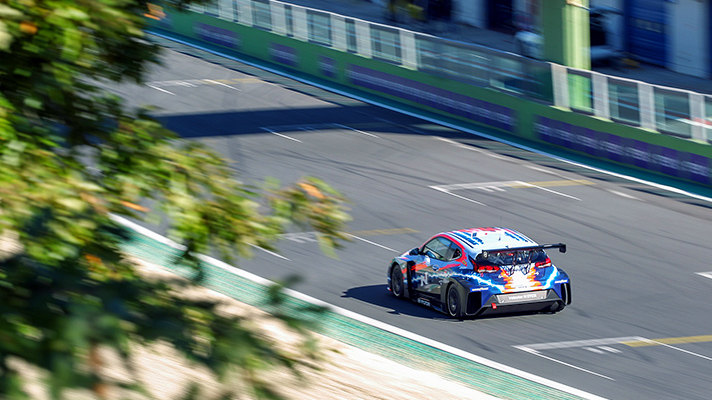
Meanwhile, through this test, the difference between the TCR race car and the ETCR race car using the internal combustion engine was clearly seen. The ETCR race car is structurally different from the TCR, as mentioned earlier. Unlike the TCR, which is a front-engine / front-wheel drive, the ETCR has an electric motor and battery located in the middle of the vehicle body, and the rear wheel is rolled. So many things change in the chassis and body design, and manufacturers must bring out the maximum performance of the electric race car within it. In fact, the Veloster N ETCR boasts strong acceleration when it escapes from the low-speed corner of the Vallelunga Circuit, showing a completely different aspect from the conventional internal combustion engine race car. Veloster N ETCR participates in an event to announce the beginning of PURE ETCR.
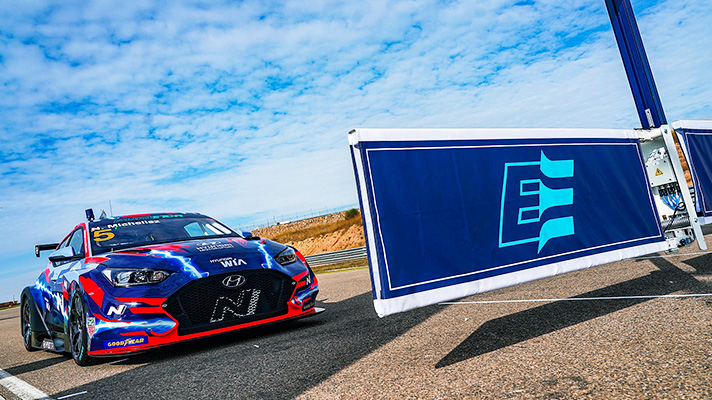
Prior to the start of the regular season in 2021, a small event was held on the Aragon circuit in Spain to show the difference between ETCR and TCR race cars, and the unique starting method of PURE ETCR. Again, the protagonist of the stage was Veloster N ETCR. In the meantime, PURE ETCR has attracted many motorsports fans by introducing a different way of participating in the existing race. The most notable is the start method. Conventionally, race cars are standing in a line in a grid depending on their record after the preliminary rounds, and then start when the start signal turns on. On the other hand, PURE ETCR starts at the same time the gate opens after standing in a line at the gate, which is blocked in front, just like the racing horses.
For this Aragon event, Hyundai's Veloster N ETCR and i30 N TCR started in a unique way of PURE ETCR, and there followed a drag race. The steering wheel of the Veloster N ETCR was taken by Norbert Michelisz, while the other two i30 N TCRs were driven by Gabriele Tarquini and Luca Engstler. They are all active drivers who have won championship titles in WTCR and regional TCR competitions in the i30 N TCR over the past few seasons. This means that there is no big difference in each driver's skills, and the results of the drag race will be depending only on the performance of the ETCR and TCR race cars.


Soon, the starting gate opened, and three race cars hit the road. The Veloster N ETCR, which started with the sharp high-pitched sound of the electric motor instead of the roaring exhaust sound, ran down the straight line of the Aragon Circuit, leaving i30 N TCR behind quickly. In terms of instantaneous acceleration, the ETCR race car proved to be superior to the internal combustion engine-based TCR race car.
Norbert Michelisz, who showed tremendous acceleration with the Veloster N ETCR, said, “I pretty much enjoy how the PURE ETCR begins the race. I assume that when the race starts, it will be way cooler than we expect. I'm already excited to imagine it. The acceleration of Veloster N ETCR is also amazing. I think that many motorsports fans will fall in love with PURE ETCR as soon as they watch the race,” he said with anticipation.

After Hyundai Motor Company announced its plan to participate in ETCR last year, it is preparing for a new electric car race more actively than any other manufacturer or team. The first race car system integration, the first circuit tests, and the first to run the event indeed prove the point. It would not be an exaggeration to say that Hyundai Motor Company has been leading the development of PURE ETCR. Let's keep an eye on what Hyundai, who is not afraid of challenges, will show in PURE ETCR, the new electric vehicle race.
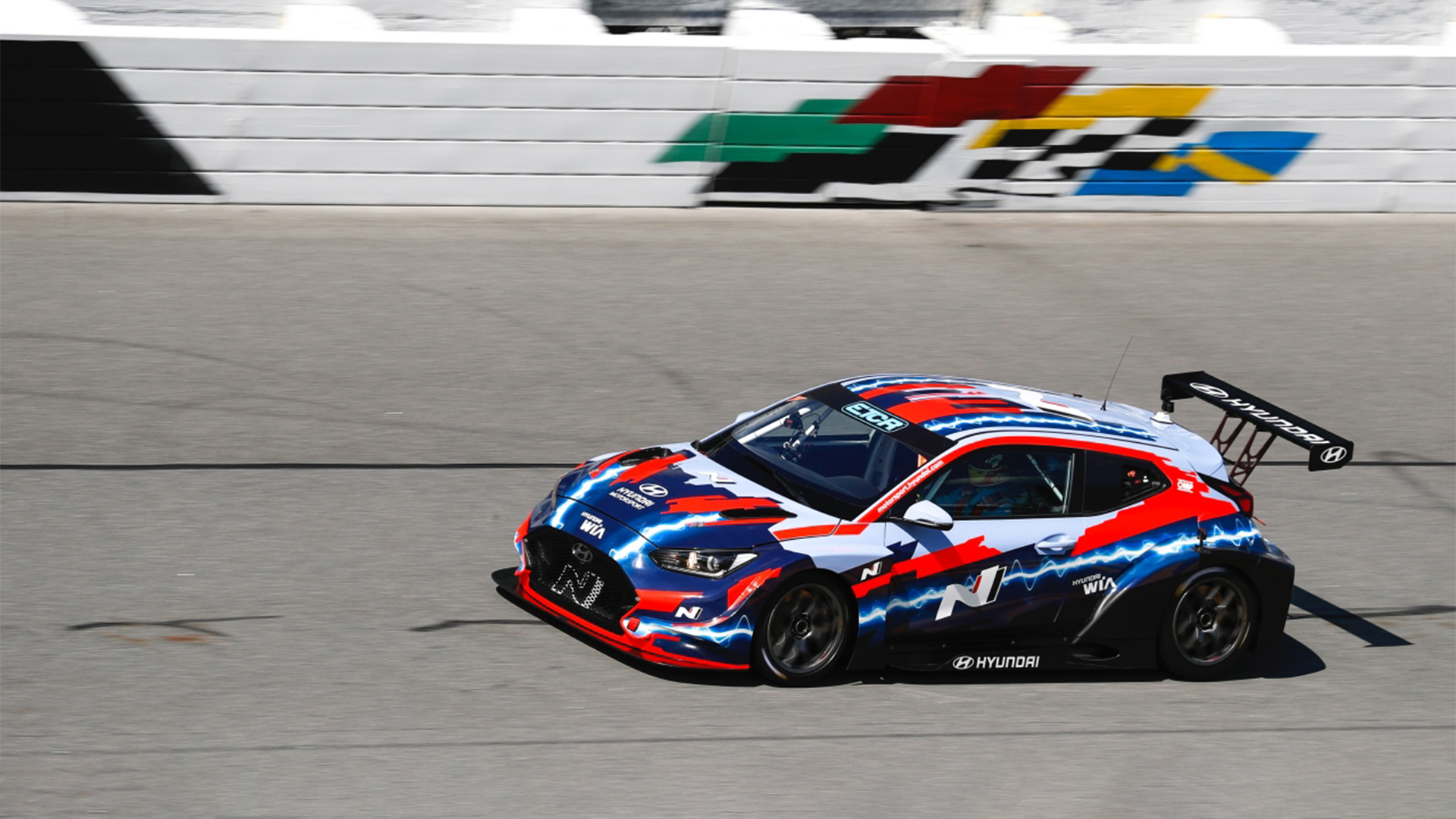
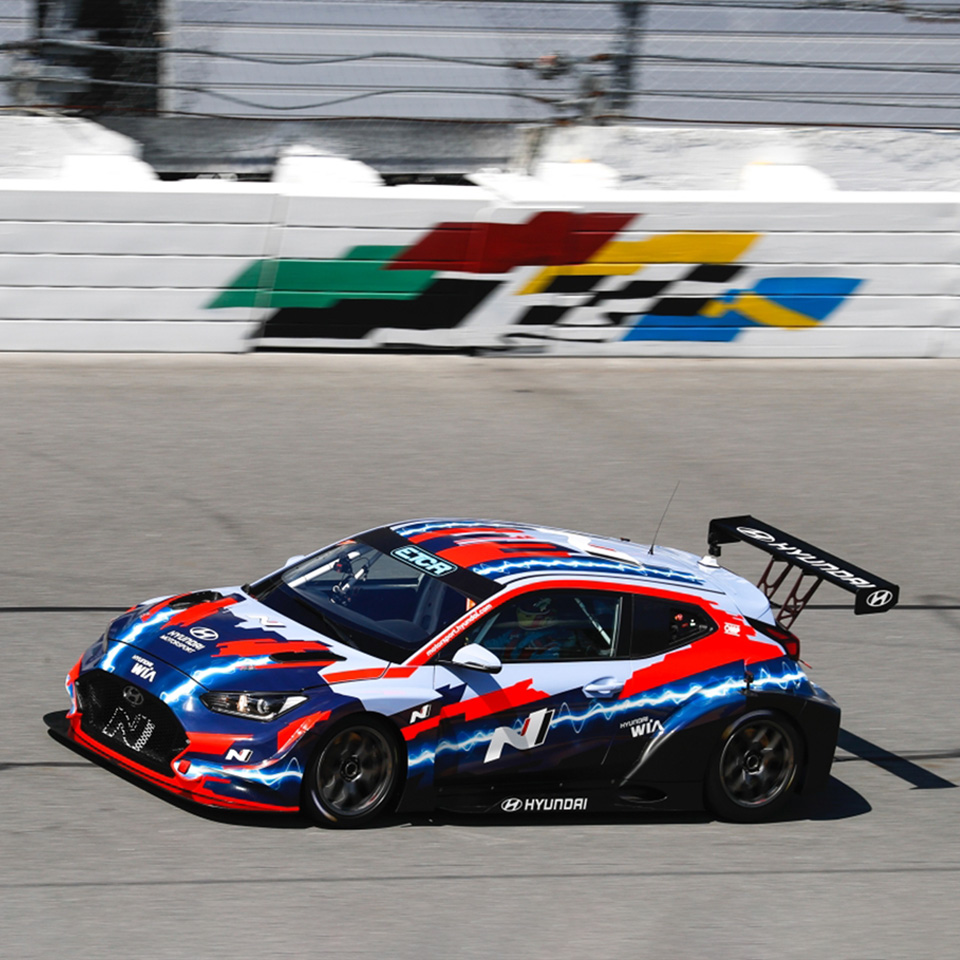
Hyundai Motors Goes Sustainable Through Motorsports
2021.02.25 14min read